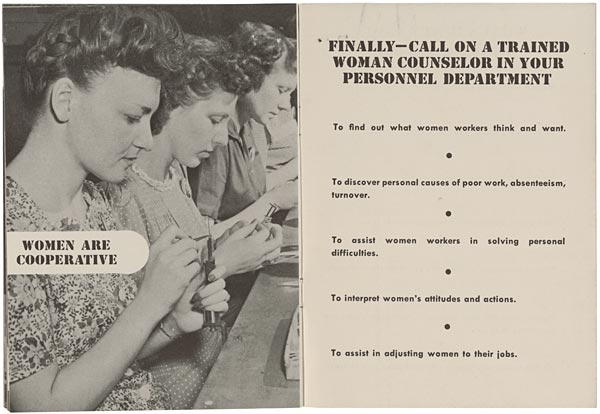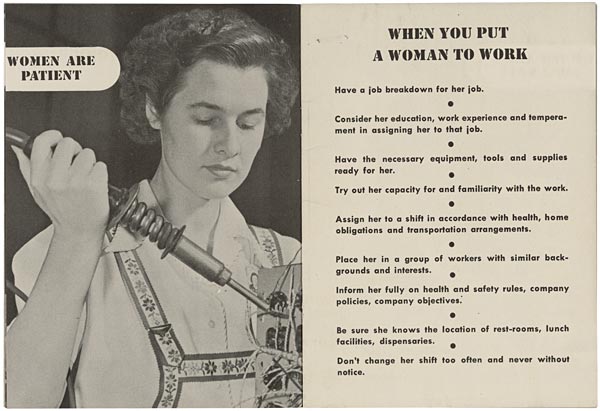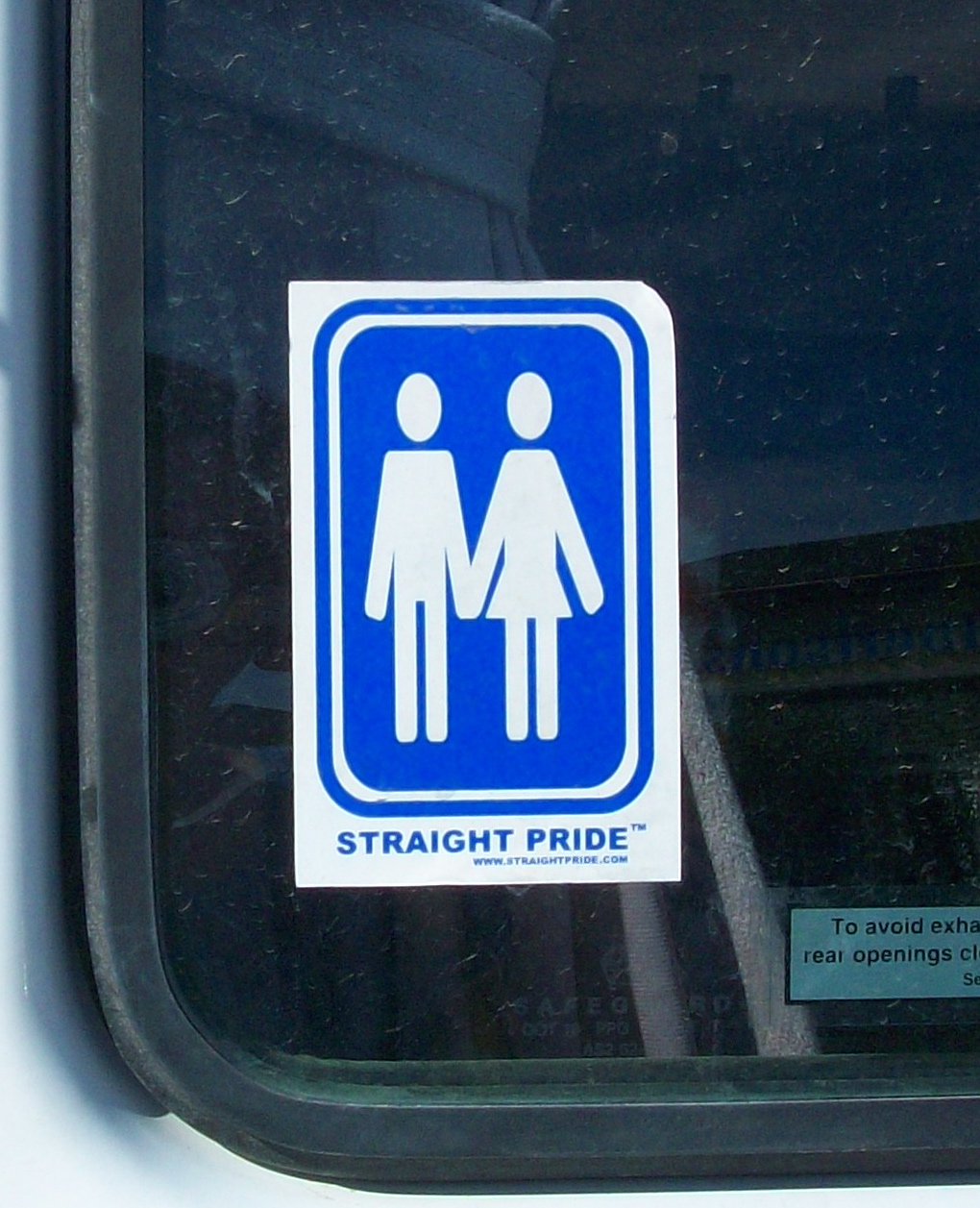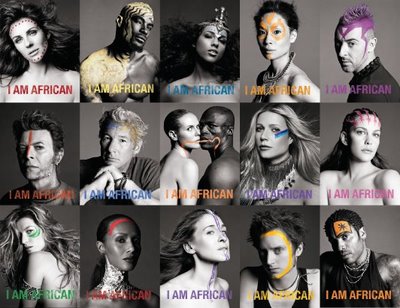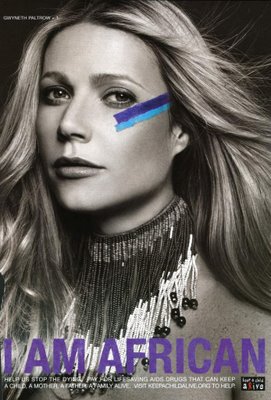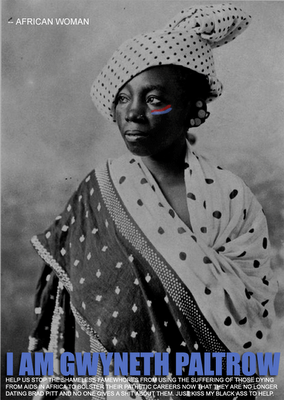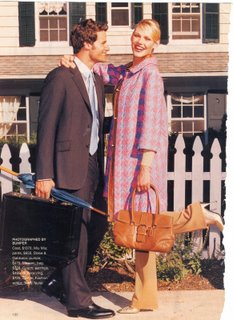We recently critiqued Facebook’s “neutral” avatar for appearing both white and male. Both Abby J. and Noah Brier pointed us to the fact that Rob Walker at Murketing has been collecting default avatars. His collection is really interesting. First, it demonstrates that the avatars don’t need to be gendered at all.
Flikr:
![]()
Hotmail:
![]()
Google:

Vimeo:

My space:

Friendfeed:

Yahoo:

Youtube:

Second, it demonstrates that the avatars don’t have to human at all:
Twitter:

Posterous:

Third, his collection also suggests that, when the avatar is human and discernibly gendered, it usually appears to be male. There’s the Facebook avatar, as well as…
EBay:

Car Domain:
![]()
Topix:

Yammer:

The avatar tends to be male, unless the company produces a default male and a default female.
Blip FM:

Goodreads:


This collection reveals that the appearance of a company’s default avatar is by no means inevitable or accidental. Companies must make choices and they are, indeed, making choices about what kind of person is the default person.
Check out his whole collection. It is growing.
Jamie R. sent in a link to a video that presents a lot of attention-grabbing statistics (which may or may not be accurate). At first it appears that the avatar could be unisex, but then at about 1:18, we see the “female” avatar:
Did You Know? from Amybeth on Vimeo.
At no other place in the video do we see the female avatar except when the “neutral” one is presented as married…indicating, from the context of the video, that it is not unisex or neutral, but male.
MORE! You may have noticed that our revamping of the site involved putting our names up. Lo and behold, these male avatars popped up next to our names.
So we went into the admin page to see if we had some other option, like maybe something non-human or a female avatar if necessary. These were our options:
First, blank is really the avatar you see in the first screenshot, it’s neutral which, in reality, is male. So there is no way to opt out of having an avatar (our tech guy, Jon, is still working on it).
Second, there is no female avatar option.
Third, though there is no female avatar, there is a Monster and a Wavatar option, whatever the hell that is. So WordPress is allowing you to represent yourself as a Wavatar, but you’re not allowed to be a chick.
Amazing.
NEW (Apr. ’10)! Keri sent a screenshot of her WordPress menu which, she noted, represents the users with two different skin colors. It’s a nice counterpoint to much of what we see above:
For more on how certain kinds of people get imagined as just people, while others get imagined as certain kinds of people, visit our posts on the Body Worlds exhibit, “flesh” colored products, Pixar films, gender and clothes, and Plan and Playmobile toys.






